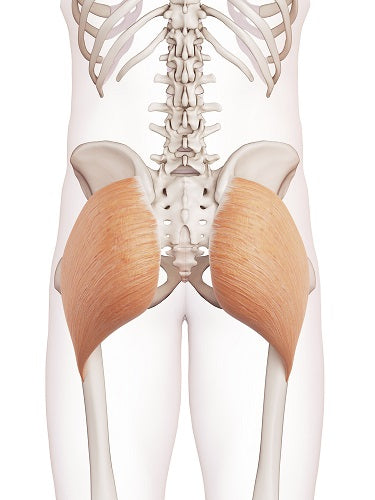
Muscle Anatomy
gluteus maximus
The gluteus maximus muscle is the largest muscle in the buttocks and plays a crucial role in the anatomy of the hip and pelvic region. It forms the bulk of the buttock mass and is essential for various lower limb movements.
Origin:
Originating from multiple points, the gluteus maximus has its main origins from the posterior iliac crest, the sacrum, and the coccyx. Additionally, fibers arise from the thoracolumbar fascia, providing a broad foundation for the muscle.
Insertion:
The gluteus maximus inserts into the iliotibial band (IT band) and the gluteal tuberosity of the femur. This insertion configuration allows the muscle to exert its influence on the hip joint and the upper part of the femur.
Function:
Functionally, the gluteus maximus is a powerful extensor and lateral rotator of the hip joint. It is actively involved in movements such as standing up from a sitting position, climbing stairs, and running. Furthermore, the muscle contributes to the stabilization of the pelvis during activities that involve weight-bearing on one leg. Its size and location make it a key player in providing stability and strength to the hip and pelvis, influencing various aspects of lower limb biomechanics.
